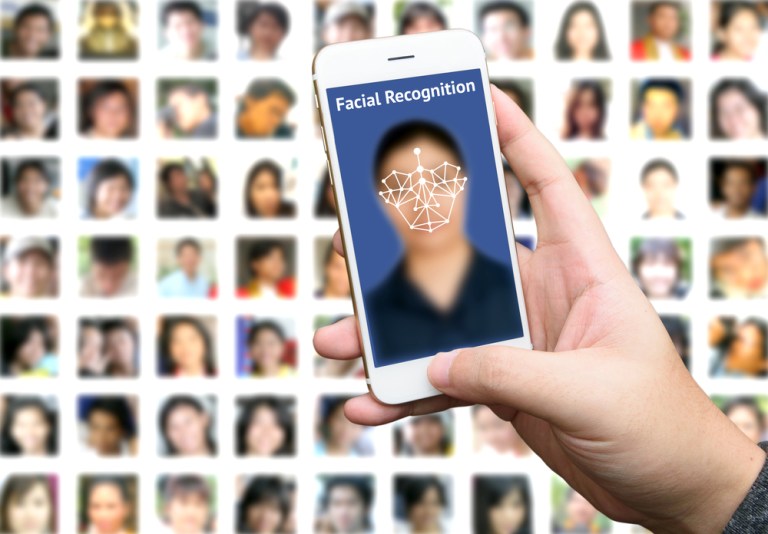
Ant Financial Services Group, the financial affiliate of Alibaba Group, announced news that its customers can now use facial recognition technology to scan, unlock and pick up packages at select smart courier cabinets in Shanghai.
According to China News Network, China recently launched new policies mandating senders to use real IDs when sending packages, causing the push to use facial recognition tech to provide that identification.
Ant Financial’s program will begin with five pilot smart courier cabinets located in Shanghai via a partnership with a local producer, and there are plans to expand the number of smart courier cabinets to 10,000 in the next three years. The company is also working on applying the same face ID technology to package delivery and drop-off services, allowing senders to scan their faces in order to get their ID verified.
Ant Financial has been experimenting with facial recognition technology in different areas, including activating Ant Check Later, a consumer credit service that allows citizens in Shanghai, Hangzhou and Shenzhen to check their housing fund accounts and file taxes by scanning their faces. There are also reports that the company will soon launch a feature that allows users to use face scans as their passcode to enable digital payments on its Alipay app.
In addition, Alibaba’s Ant Financial just launched a new face scan payment system via its third-party payment service unit Alipay in some KFC restaurants in China, bringing the technology to an international fast food restaurant chain in China for the first time.
The news comes on the heels of Apple iPhone X’s own face ID feature. And while the technology is sure to save customers time — there’s no need to manually enter passwords — it still faces challenges.
The lack of lighting may reduce the rate of face recognition accuracy, for example. In addition, some people, such as U.S. Senator Al Franken, have expressed concerns over the safety and security of face ID. Al Franken even sent a request to Apple for more information on the iPhone X’s new technology, including whether the company will ever decide to store the facial images remotely, what steps it took to make sure the system was trained on diverse sets of faces and what assurances the company could provide that it won’t sell the face data to third parties.